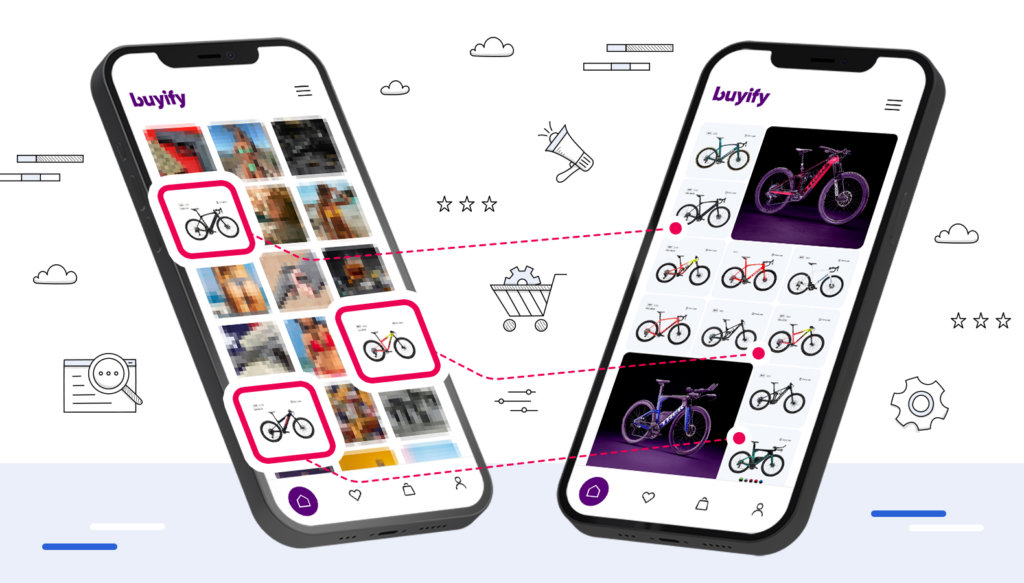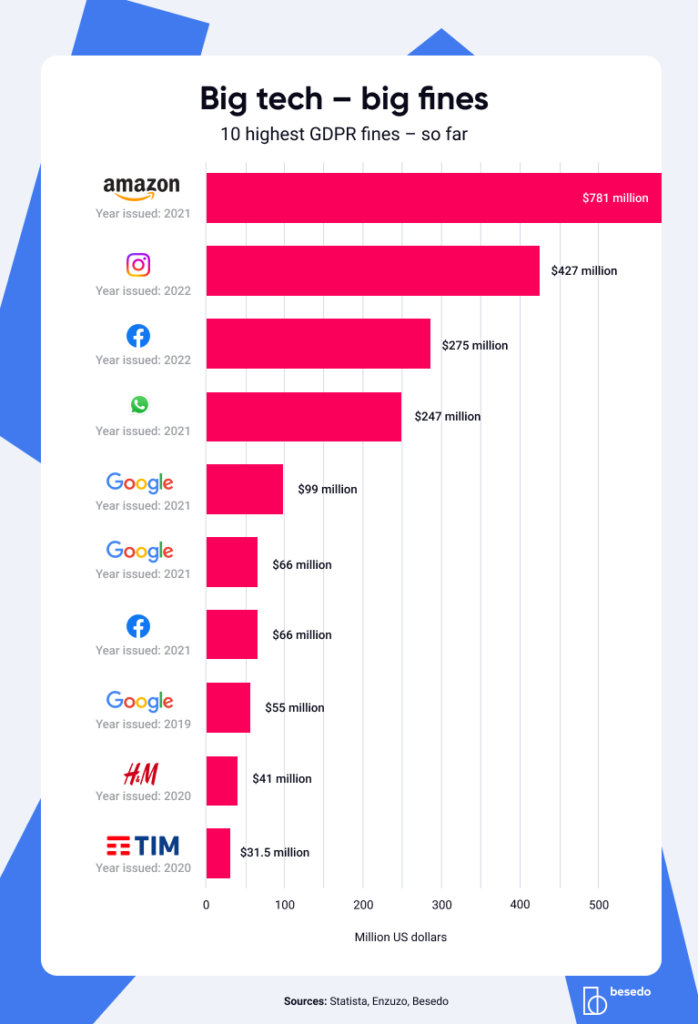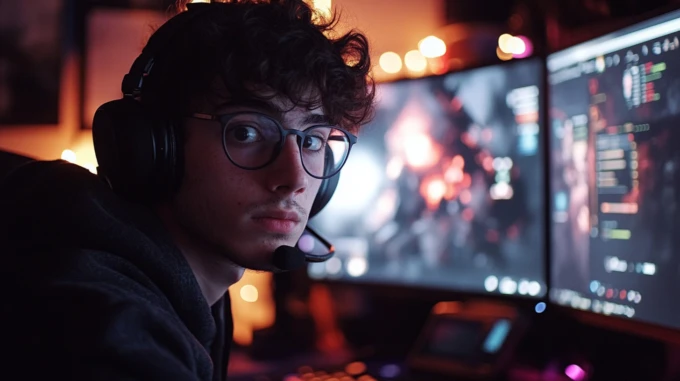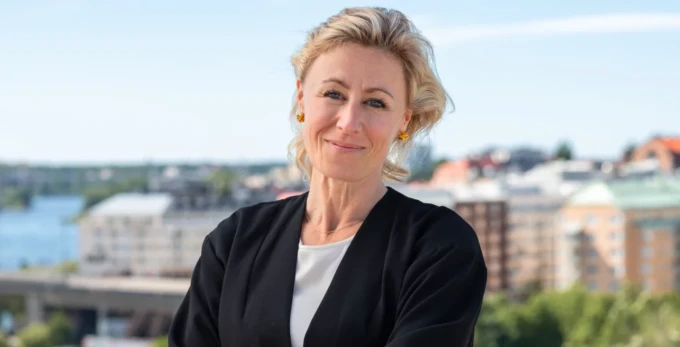Contents
User-generated content (UGC) is content created and posted by users or customers on platforms they use. UGC can be almost anything, for example images, texts, videos, reviews, testimonials, or even podcasts.
A selfie in front of the new restaurant in town, posted on Instagram, is user-generated content. A post on Facebook is user-generated content. A YouTube video is user-generated content, and comments on that video are also examples of user-generated content. A review or rating you posted on Amazon of a product you bought is user-generated content. You get the gist.
Many businesses are built entirely around user-generated content: Instagram, YouTube, TikTok, Reddit, Wikipedia, Facebook, and many others. Almost all the apps and services we love and use every day incorporate UGC in some way.
In this article we’ll take a closer look at why user-generated content is so important, and what kind of challenges platform owners have to deal with.

Types of user-generated content
Once you start thinking about it, you’ll realized that user-generated content is everywhere, either as the focal point of the content you are consuming, or attached to it in some way. Common examples are:
- Text – Written content is one of the most common forms of user-generated content. Social media posts, reviews, ratings, bios, chat messages, and comments left on websites, blogs, and other online platforms.
- Images and videos – Images and videos shared by customers on marketplaces, dating apps, and social media platforms.
- Reviews and comments – Product reviews and testimonials are probably some of the most influential pieces of user-generated content, as they look at how customers feel about the product or service being sold. Customers often leave honest feedback, which can help potential buyers make informed decisions before buying something online.
- QA forums – Another great way to provide helpful information to potential customers while gathering valuable feedback from them simultaneously. Users’ questions in these forums can help companies better understand customer pain points and how to their products.
- Case studies – From a marketing standpoint, case studies also prove to be effective pieces of user-generated content when appropriately used, as they offer an in-depth look into how particular products have been used successfully by real people in real scenarios — providing invaluable insights along the way that could prove beneficial for potential buyers too.
- Surveys – Don’t forget that surveys definitely fall into the category of UGC. They are another great way of gathering rich customer data through user-generated content while at the same time encouraging user engagement — ensuring that companies receive feedback directly from those intentionally interacting with their brands online.
This is of course far from everything. You have listings on marketplaces, profiles on dating apps, testimonials, and much more.

Paid and organic UGC
As you can imagine, this is a similar distinction to organic and paid in other contexts.
Paid user-generated content is for example when an influencer posts about a brand in a paid partnership, and most platforms require this to be disclosed.
Organic user-generated content is when it is not a commercial post, but rather an organic, unpaid, “normal” piece of content. For example a regular person posting about a great meal they had at a restaurant.
Sometimes the lines can be a bit blurred, and historically some influencers have not been entirely honest about getting paid to use or recommend certain products. This is why trust is such a valuable currency on social media.
How and where user-generated content is used
The many ways that user-generated content is used makes it one of the most powerful tools for businesses today. Not only have entire platforms been built solely around UGC, but it’s also become an important component of digital marketing. Here are some examples:
UGC in e-commerce and marketplaces
E-commerce stores use reviews posted by customers as an important incentive on their product listings. They are a form of social proof. This helps shoppers by adding another source of information besides descriptions available on store websites, and it helps the business by (if the reviews are positive) increasing the conversion rates.
On marketplaces, especially two-sided marketplaces (with both sellers and buyers) ratings and reviews are important, but also the listings themselves since they in this case also count as user generated. Both buyers and sellers can generate UGC here.

UGC on social media platforms
Social media is of course full of everyday people like you and me, and much of the content and lifeblood of these platforms is made up of regular people doing regular things.
Then there are influencers and businesses who often use these platforms for promoting their businesses and brands. It enables them to create UGC-powered campaigns and conversations among followers and fans, increasing reach and visibility of brand messaging.
Social media marketing is a huge subset of digital marketing and it’s all about using UGC on these platforms in creative and effective ways.
UGC in chats
Chats are pretty much entirely made up of user-generated content, although this time visibility is more limited. It still counts as UGC, though.
And there is a lot of it. Think about direct messages on various platforms and dating apps, and chat applications like WhatsApp, Telegram, iMessage, Slack, Teams, and even regular old SMS.
From a content moderation standpoint this is extra challenging, not just because of the sheer number of messages involved, but the interactive nature of it. Content moderation needs to be done in real time or the user experience will suffer.
Comments, comments, comments
Comments may together with chat messages be the most widespread type of user-generated content in terms of pure quantity.
Almost all types of UGC have a comment section. It’s all about encouraging interaction and engagement. Even comments can have comments.
Why content moderation matters to UGC platforms
Imagine a world without content moderation and the safeguards that come with it. Here, we’ll help:
Say you’re looking to buy a bike. You search your favorite marketplace app for bikes in your area, then brace yourself for an arduous journey through a gauntlet of irrelevant pages of inappropriate images, scams, and unwelcome advances before getting your dream wheels.
Oh, and when you find a bike you’re interested in, don’t be surprised if you find a few photos of different bikes, so you’re not entirely sure which one is for sale.
The seller, qwertywarrior112948572@takeover.kp, seems a bit sketchy too.

This is an extreme example but you have probably come across something similar if you have used the internet any amount of time. It can be an incredibly frustrating experience.
User-generated content platforms are great but come with their own set of issues. As they grow, they become more attractive surface areas for scams, misinformation, abuse, and other misuse. As a result, these platforms need effective content moderation practices to protect users, brands, and the platform itself.
Content moderation benefits
Content moderation can take many forms, for example reviewing posts before they appear on a platform or automated systems that flag posts for review or filter them out in real time. Also, different types of media require different approaches to moderation. Do you need to apply nudity detection to images, for example?
Whatever form it takes, the goal of content moderation is to remove offensive, inappropriate, or illegal content from appearing on a platform. This is essential to ensure that users’ privacy and safety are maintained and that all appropriate laws are followed.
Content moderation also helps you make sure that your platform remains an attractive destination for advertisers. Many advertisers require platforms to maintain certain standards regarding user experience or behavior. When UGC platforms have proactive content moderation policies, it can help attract new business and increase advertising revenue streams and other partnerships.
Good content moderation acts as both an insurance and a necessity for platforms to be able to scale safely.
Protecting your online reputation
In addition to protecting users and businesses, content moderation can play an essential role in maintaining an organization’s reputation by making sure that only quality content appears on its platform.
Without an effective moderation system, users may be exposed to potentially harmful posts that could negatively affect their opinion of the platform. Content moderation serves as a risk management tool and a means of maintaining trust between organizations and their end users.
Overall, effective content moderation practices are important for all UGC platforms. From protecting user privacy and safety to preventing reputational damage and attracting more business, having an effective moderation system ensures that everyone involved feels secure when using the platform.
Different rules for UGC around the world
It is important to understand that the laws and regulations surrounding UGC can differ a lot from country to country. What is ok in one country or region may be illegal or at least socially unacceptable in another part of the world.
Here is a small sample from today’s regulatory landscape. It’s a bit of a jungle.
In Europe, the European Union has set out detailed rules on UGC as part of its Copyright Directive. This includes provisions on how copyright owners can protect their work, how authors and publishers should be credited, and what exceptions exist for using copyrighted material.
The United States has a more lenient approach to UGC. Under the Digital Millennium Copyright Act (DMCA), users can freely share content they have created, provided they limit the scope of their use and do not infringe upon existing copyright holders’ rights. Rules are however becoming stricter around certain types of content, such as ratings and reviews.
In Japan, UGC is regulated by the Act-On Protection Of Rights Relating To Information Networked Environment (APORNE). This law was enacted in 2002 and requires companies to monitor user-generated content posted on their platforms for illegal or prohibited activities such as defamation or copyright infringement. The law also requires companies to remove any offending content or face severe fines or criminal penalties.
Australia’s Copyright Act provides users with certain exceptions when using copyrighted material for non-commercial purposes such as education, research, or critique. However, commercial usage is strictly prohibited without permission from the relevant copyright holder(s).
These are just a few examples.
Each country’s laws vary based on its own particular needs and concerns. Understanding each nation’s legal requirements before engaging in any UGC activity is essential to ensure that your business isn’t unintentionally breaking any laws.
If you want to have a discussion about which UGC-related laws and rules apply to your specific business, you are more than welcome to reach out to us here at Besedo. We will do our best to help.

User-generated content now and moving forward
Clearly, user-generated content is an incredibly powerful tool for businesses and platforms when used well. It builds trust between customers and brands while encouraging engagement within communities. It can let people connect all over the world, learn from each other, and much more.
Not only that, if you look at what makes up the internet of today, the majority of it consists of UGC. It is ubiquitous.
However, content moderation is key when dealing with UGC. There are many legal considerations, not to mention how important it is to protect end users from potential harm and abuse.
If you are curious about different ways content moderation is used in practice at today’s UGC-based platforms, feel free to check out some of our content moderation use cases. It’s not a comprehensive list, but should give you an idea of what is being done behind the scenes to help platforms stay safe.
Ahem… tap, tap… is this thing on? 🎙️
We’re Besedo and we provide content moderation tools and services to companies all over the world. Often behind the scenes.
Want to learn more? Check out our homepage and use cases.
And above all, don’t hesitate to contact us if you have questions or want a demo.




